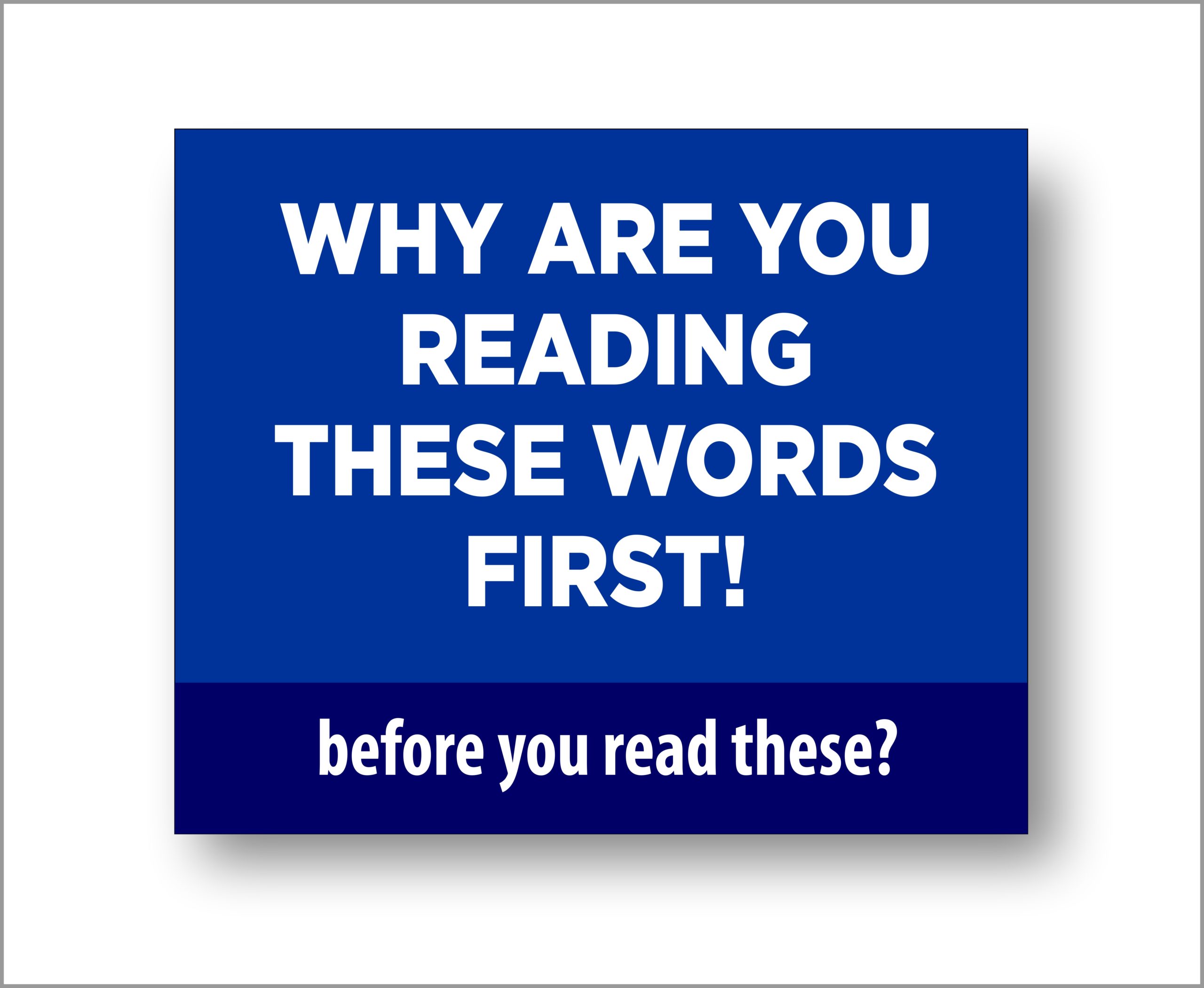When I started as a sign painter back in 1985, I soon realized how important layout, balance, flow, legibility, and contrast mattered for signage—in many different ways and for other reasons than for graphic design of printed materials. The organization and layout of copy, letter sizes, graphics, and phone numbers were not the same as print design. Legibility at a distance changes the entire composition of the design.
There is one aspect of sign design that separates it from print graphic design, and that is the distance in which the design is viewed. It may not seem like a big deal, but it truly is. Distance changes everything, and the design process must accommodate these conditions so that the sign’s design can do its job.
Ever get frustrated at not being able to read the words on a sign from a distance when you are lost in an unfamiliar town, at night, without cell service.? The pain is real, and so much of the time, the legibility of a sign, logo, or design is not given priority over all other design considerations. Rebuilding logos over the last umpty-ump years has shown me there is a consistent oversight of this discipline. Incredibly cool-looking logos end up looking like a mangled pile of folding chairs at a distance because the designer never considered how the logo would look at 300 feet away, nor how it would look when embroidered onto a shirt pocket.
At about 100 feet away, you start to realize the role or “job” of the sign needs to be clearly defined because that once seemingly humongous sign area is now looking low on space for all of that information the customer wants to advertise. You need to start consolidating and dumping graphic elements like clip art and product images that do not clearly convey the message, or stop, punt, and rethink the role of the sign and what really needs to be on the sign.
If the sign is within two feet of the viewer, the graphics, size, and amount of copy are much different from 25 feet or 100 feet away. The greater the distance, the more important contrast and legibility of the fonts and graphics matter.
It’s easy for us to get used to all the visual excitement on our smartphones. We have the fortunate ability to stop, scroll, pause, replay and look at it all over again, as many times as we want to. Sign designs do not have that luxury of being drooled over by the viewer. The average sign is looked at and viewed for less than three seconds. It has a role or a job to do, and that is to deliver the message clearly, quickly, legibly, and with impact for a memorable experience…. and usually in under three seconds.
Signage is the one medium in which the old saying, “less says more,” applies almost all the time.




